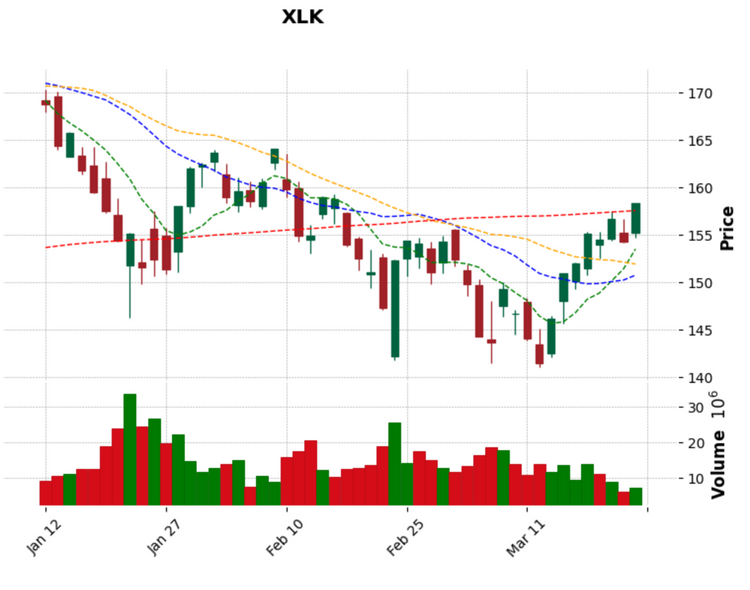Trading Strategies

When I started getting into trading, I was filled with excitement. I was excited in learning new skills and ideas on how to trade. Like my previous learning process, I began reading on the different trading nomenclature, the trading strategies I can select from, and the list of stocks—or equities—I can trade. In addition to reading, I also watched a good amount of trading videos from YouTube.
I came to know the difference between the bullish, bearish, and neutral biases. You see, before you make a trade, you must have a broad idea on where the market trend is going. There’s an old adage that goes, “Trend is your friend until it bends.”, keep that in mind.
Let’s pause here for a bit, you’re probably asking how can one determine the trend of the market. That’s where the skills of reading candle stick patterns will help. There’s plenty of materials out in the internet for you to read on this topic. For now, let’s assume you know the basics.
Once you have established trend of the market, you have a few trading strategies to pick from.
First, let’s talk about the bullish bias. Being bullish means that you are speculating the price of the underlying stock or equity will rise. In contrast, being bearish is the opposite, i.e., the price will go down. Lastly, being neutral means you are speculating the price will go sideways, or technically it will be in a range.
Let us now apply these ideas into the different types of trades you can make.
If you are bullish bias, a few options comes to mind. You can buy stocks, you can order a debit call spread options, or you can order a credit put spread options. There are others but these three should get you started.
If you are bearish bias, you can sell stocks thru a margin account, you can order a credit call spread options, or you can order a debit put spread.
If you are neutral—or you think the market will go sideways—you also have a few trades you can make. A credit put spread or iron condor are a couple I can think of.
I know, these concepts are probably too broad for you. You probably have more questions with this information. In the upcoming posts, we’ll get into more details on the technicalities.
For now, keep practicing on paper trades. That’s the only way you will learn and a place to make mistakes at no cost. We will continue to make bad trading decisions but with practice, we can minimize them.
Happy trading. I hope you learn something new today. Cheers.
Note: Not a recommendation. Please consult an investment professional before making investing decisions.





Member discussion